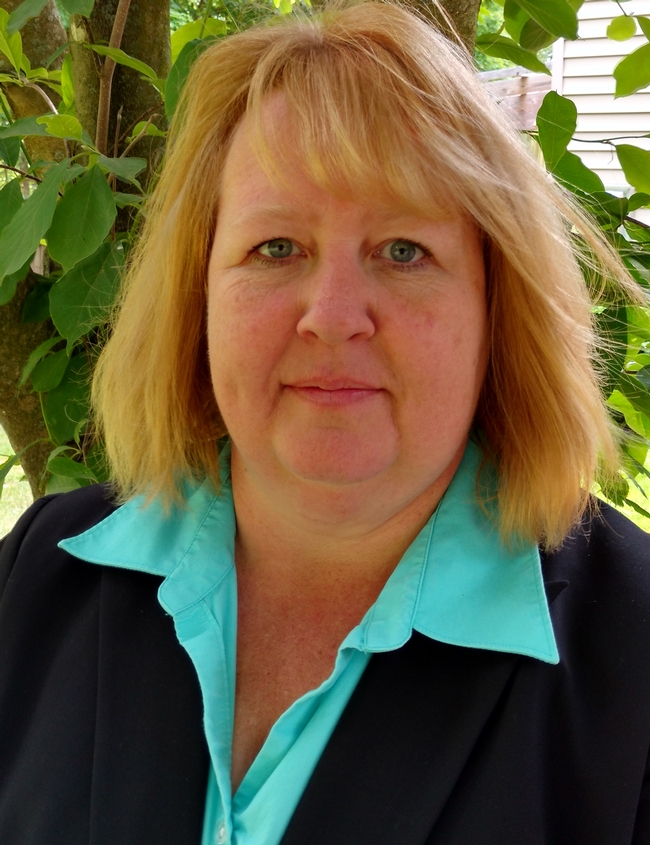Your input requested for condition changes
As part of the current effort to align our work such that we are best positioned to achieve the 2025 Strategic Vision, a group of UC ANR academics have drafted condition changes that are now in need of your review and feedback.
Condition changes are those long-term outcomes of our work that are the evidence of how our work makes a difference. Condition changes are at a level higher than that of the personal benefit our clientele receive as a result of direct participation in our programs. Rather, the condition change represents environmental, health, or economic benefits at a societal level (e.g. improved water quality, improved nutrition and health, increased market opportunities, etc.).
How you can provide feedback
Program Team Leaders, Statewide Program Directors, Institute Directors and Strategic Initiative Leaders have worked together to develop the current list of condition changes. They will be reaching out to you to solicit your input. I would ask that you share your thoughts with those who reach out to you and they will collate all feedback they receive and provide it back through a Collaborative Tools site so that the development team can see the feedback as it is received. In early October, we will assemble all of the feedback and make decisions how to move forward.
Why this is important to you?
The final list of condition changes will be coded into the new Project Board (UC ANR program information system that will be replacing DANRS-X and integrated with the merit and promotion process for UC ANR academics. We will be asking academics to assign a percentage of time you spend working towards the condition changes. This will replace assigning your FTE to the federal Knowledge Areas. In addition, you will be tagging condition changes to your work when you write your outcome/impact narratives. You will be able to tag multiple condition changes to a single narrative provided you have quantitative evidence of the effected condition change.
How will this information be used?
The condition changes will be used in multiple ways. First, the condition changes and aggregated effort associated with each condition change will be used to determine if we have sufficient capacity working towards the changes needed to achieve our 2025 Strategic Vision. This will help guide future investments by UC ANR and help you, as an individual, identify priorities for directing your own effort. Second, the outcome/impact narratives that are tagged to specific condition changes will provide us the evidence needed to share all of your good work with supporters. The condition changes will serve as a sorting mechanism for the outcomes/impact narratives. The narratives themselves provide quantitative evidence of your outcomes including how they contribute to condition change indicators, as well as frame the work (what was done, where, why, who were the partners, etc.). Because of the intended uses of the information, it is important that we have a complete set of condition changes that represent the work we need to do to achieve our vision.
Why the rush?
The new Project Board is on track for roll out in March. In order to have the condition changes be part of Project Board and not a separate, additional reporting request, we need to have them coded in the system. The development team has indicated that they need the information in early October. Therefore, we are requesting that all Program Team Leaders provide their collective feedback (1 document per Program Team) by October 1. We will review the feedback, draw up a revised list of condition changes, and have that turned around to the Project Board team quickly.
What happens after the feedback is provided?
We will continue to talk about condition changes and condition change indicators throughout the fall and into spring. We are planning to offer training in the winter and spring to address condition changes, condition change indicators and how they tie to Public Value Statements that are currently in draft form. The Public Value Statements will be reviewed and modified yet this fall. If you have interest in being part of a small-ish group that will review and revise the Public Value Statements, please let me know via email. Note that condition change indicators and public value statements will not be part of the reporting in Project Board or any other form; only condition changes will be reported against in Project Board.
Tips to consider
- Condition changes must be measurable; condition change indicators are the metrics used to quantify the magnitude of change in a condition
- Condition changes should not be audience-specific but rather apply to any/all of our audiences as appropriate
- While I am an incurable ‘lumper' it is best to be a ‘splitter' when it comes to condition changes because it provides greater clarity as to what the evidence that support change really is and will allow for improved aggregation of your impact stories making it easier to share your work with others (easier to find, easier to understand and convey appropriately).
- Having more, rather than fewer, condition changes in Project Board will not cause you to have to report the same thing in multiple locations – the coding is planned to provide opportunity to use multiple tags for the same report.
A generic logic model used for reporting to USDA National Institute for Food and Agriculture can be viewed at http://ucanr.edu/sites/anrstaff/files/270919.pdf.
Regards,
Wendy Powers
Associate Vice President

